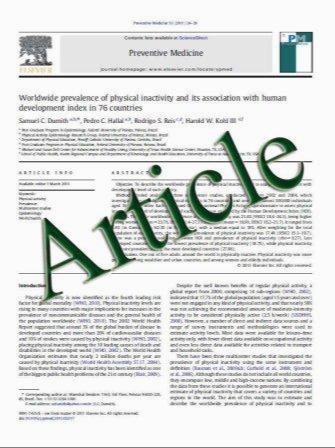Ciliogenesis in normal human kidney development and post-natal life
- نوع فایل : کتاب
- زبان : انگلیسی
- مؤلف : Mirna Saraga-Babić & Katarina Vukojević & Ivana Bočina & Kristina Drnašin & Marijan Saraga
- چاپ و سال / کشور: 2011
Description
Ciliogenesis in developing and post-natal human kidneys appears to influence cell proliferation and differentiation, apico–basal cell polarity, and tubular lumen formation. We have analyzed the appearance of primary cilia and differentiation of kidney cells in ten human conceptuses aged 6–22 weeks and in one 5-year-old kidney, using a double immunofluorescence labeling technique for α-tubulin, γ-tubulin, Oct-4, and Ki-67 and by electron microscopy. Immature forms of nephrons and ampullae were characterized by intense cell proliferation, which subsequently decreased during development. Primary cilia appeared on the surfaces of non-proliferating cells in developing nephrons, gradually increasing in length from 0.59 μm in renal vesicles to 0.81 μm in the S-forms of nephrons, ultimately reaching 3.04 μm in length in mature fetal and post-natal nephrons. Ciliary length increased from 0.59 μm in ampullae to 1.28 μm in post-natal collecting tubules. Mesenchymal to epithelial transformation of kidney cells coincided with the appearance of apico–basal polarity, both gap and tight junctions, and lumen formation. Up-regulation of Oct-4 expression correlated with the onset of kidney cell differentiation. Our results demonstrate the importance of proper primary cilia lengthening and Oct-4 expression for the normal development of fetal and postnatal kidneys and of apico–basal polarity for normal tubular lumen formation. Disturbances in these processes are associated with ciliopathies.
Pediatr Nephrol DOI 10.1007/s00467-011-1941-7 Received: 4 March 2011 / Revised: 26 May 2011 / Accepted: 26 May 2011


